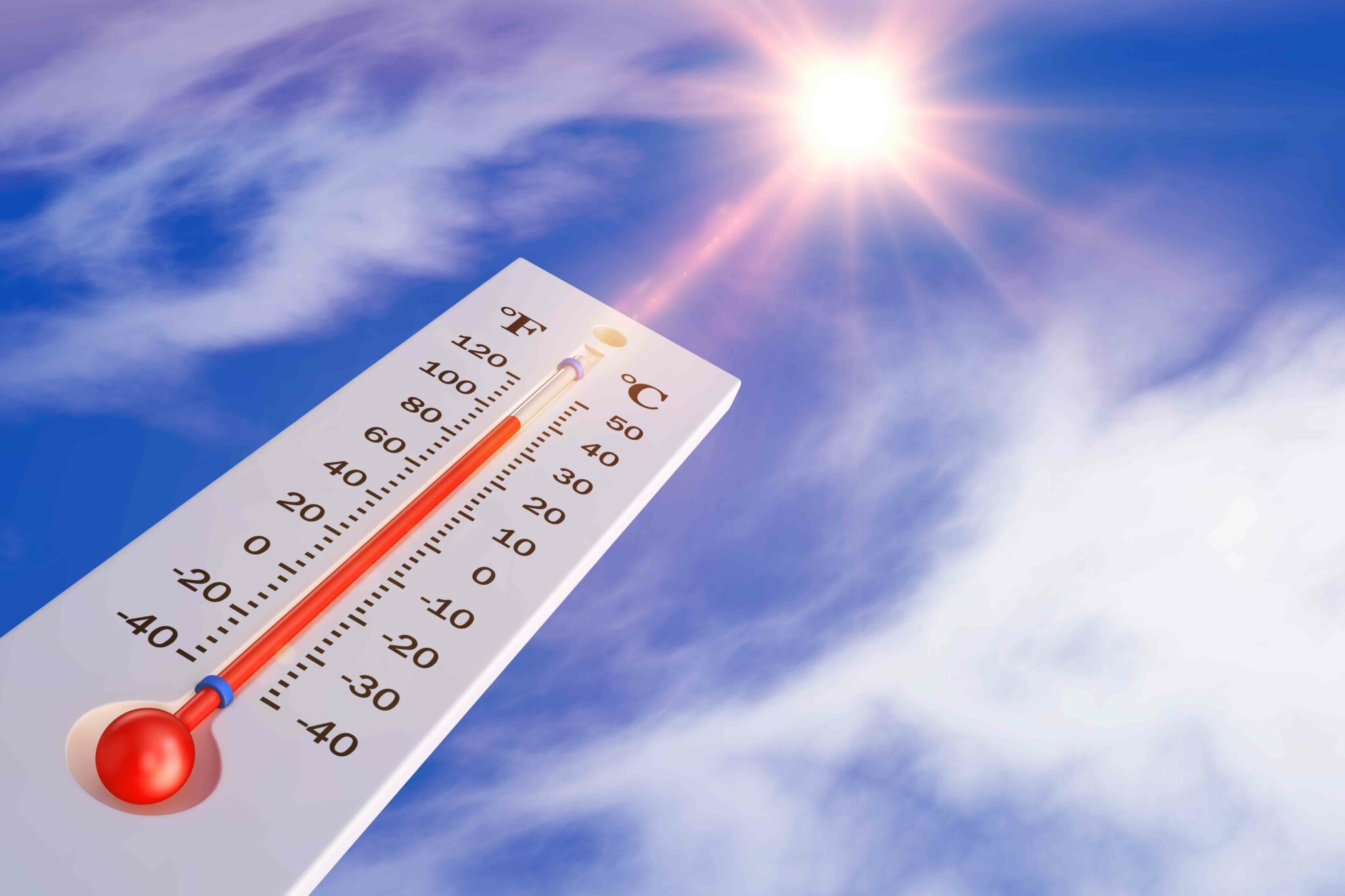この投稿文は次の言語で読めます:
日本語 (Japanese)
【Heisei 6 Water Shortage】
Region: Western Japan to the Kanto region
Time Period: Heisei 6 (1994)
Severity of Damage: Major
Water Supply Restriction Duration: 295 days
The Heisei 6 Water Shortage refers to a nationwide drought that occurred from 1994 (Heisei 6) through the following year, affecting regions spanning northern Kyushu to the Kanto area. Also known as the 1994 Water Shortage, that year saw continued low rainfall from spring onward across many parts of Japan, and numerous observation points from western Japan to the Kanto region recorded their highest temperatures since observations began. Many regions experienced prolonged clear weather, causing precipitation to remain at only about 30–70% of the normal amount.
As a result, tap water supply became difficult in various areas centered around northern Kyushu, the Seto Inland Sea coast, and the Tokai region, leading to water supply restrictions such as scheduled service interruptions.
In Fukuoka City, which was particularly hard-hit, dam reservoirs were nearly 100% full in April, but rainfall during the rainy season was only about half of the usual amount. Consequently, reservoir levels continued to drop, and following the end of the rainy season on July 1, extremely hot days continued, causing levels to decline further. By July 20, the reservoir rate had fallen below 50%, prompting nighttime water supply interruptions on August 4 in Fukuoka City. Although there were some rainy days in September, the reservoir levels did not recover, and the water outages continued for an extended period.
By March 3 of the following year, reservoir levels had dropped to 15%, but after substantial rainfall in April, water restrictions were finally lifted in Fukuoka City for the first time in 295 days.
【Showa 56–57 Okinawa Water Shortage】
Region: Okinawa Prefecture
Time Period: Showa 56–57 (1981–1982)
Severity of Damage: Major
Water Supply Restriction Duration: 326 days
The Showa 56–57 Okinawa Water Shortage refers to the drought that struck Okinawa Prefecture from July 1981 (Showa 56) to June of the following year. From April 1981, rainfall was scarce, and even after the start of the rainy season, the total rainfall for May and June was only 237 mm, which was about 45% of the normal amount and the fourth-lowest on record.
As a result, in Showa 56 (1981), Okinawa Prefecture’s annual precipitation dropped to two-thirds of the usual level, and river discharge fell to one-third. This led to water supply restrictions lasting for 326 days—the longest period of water supply restrictions ever recorded for a municipal water system in Japan.
For Okinawa, which is composed of many remote islands, the rainy season in May and June and the rainfall brought by typhoons from summer through autumn constitute the majority of its annual precipitation and are the most important water resources. Therefore, a continued lack of rainfall during these periods immediately causes severe water shortages.
【Showa 53–54 Fukuoka City Water Shortage】
Region: Fukuoka Prefecture
Time Period: Showa 53–54 (1978–1979)
Severity of Damage: Major
Water Supply Restriction Duration: 287 days
The Showa 53–54 Fukuoka City Water Shortage refers to the drought that lasted in Fukuoka City, Fukuoka Prefecture, from May 1978 (Showa 53) to March of the following year. Also known as the “Fukuoka Desert,” that year saw extremely low rainfall in the Fukuoka region, at less than half the average. By May, reservoir levels in Fukuoka City had dropped to 18.7%, prompting the city to start water supply restrictions on May 20. On June 1, those restrictions were intensified, allowing only five hours of water supply per day. More than 40,000 households were completely cut off from the water supply, and school closures due to lack of water were widespread.
In September, an attempt was made to induce artificial rainfall, but no rain was obtained, and the situation remained unchanged. The following spring, precipitation increased reservoir levels, and all water restrictions were lifted on March 25.
Due to this severe water shortage, citizens relied on water stored in buckets and plastic containers. To conserve water used for washing dishes, many households resorted to paper plates and cups, and some residents received water supplies from relatives living outside Fukuoka City. The 287-day-long water supply restriction significantly impacted the daily lives of Fukuoka citizens. Businesses that relied heavily on water—such as restaurants, beauty salons, grocery stores, and school lunch services—suffered greatly, and some faced bankruptcy due to the drought, known locally as “water shortage bankruptcies.”
この投稿文は次の言語で読めます:
日本語 (Japanese)



コメント